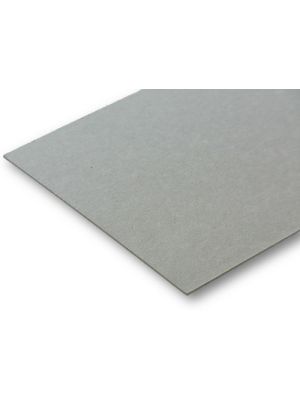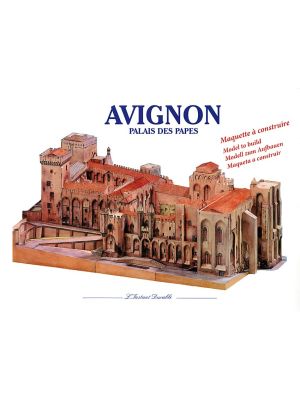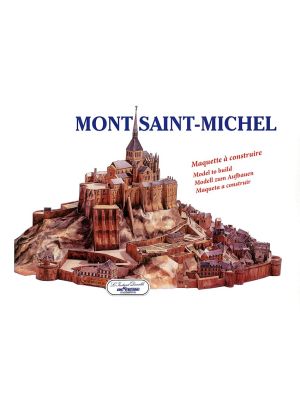Pantheon in Rom
Scale: 1/300
Skill Level: medium
Size (LxWxH): 280x190x160 mm (11x7x6 inch)
The roof of this wonderful model can be removed and offers the view into the interior.
„Marcus Agrippa, Lucii filius, consul tertium fecit.” (Built by Marcus Agrippa, son of Lucius, during his third consulship.) This is the inscription on the Pantheon. However, it was built under Trajan and completed under Hadrian. Why that? There was originally a Pantheon built in the same place under Agrippa. It was destroyed by fire, was rebuilt and burned down once more. Trajan then rebuilt it once again. But instead of claiming the building for himself, he had the original inscription mounted.
The Romans built the Pantheon as a temple “for all gods”. The name of the building derives from the Greek words “pan” (“all”) and “theos” (“god”). The Pantheon in Rome is one of the oldest domed buildings in the world.
The Pantheon is entered through a portico. It is divided into three aisles by its columns and thus reminds one of typical Roman temple buildings. The interior of the portico has Corinthian columns and marble panels. The main part of the building, the rotunda, is unique in Roman temple architecture. This rotunda has a diameter and a height of 43 metres each and is dominated by a dome which begins approximately half way up the building. In order to reduce the weight of the dome, a special concrete mixture was used for its construction by adding lighter filling material such as volcanic tuff and pumice stone the further up one built.
The interior of the dome has a coffered ceiling, whose recesses also save weight. Up to the present day the Pantheon has the largest concrete dome without reinforcement. The only source of light is a round opening (oculus) in the centre of the domed roof. The room is completely lit by the angle of the light rays. The symbolism of the oculus has been given different meanings: on the one hand it stands for the sun, on the other hand for the connection to the stars.
The “temple for all gods” shared the fate of many magnificent buildings in Ancient Rome. It was deserted and began to fall into disrepair. But thanks to it being converted into a church, the Pantheon is one of the best preserved buildings of the ancient world. It was taken over by the Church in the year 609 and was dedicated to the martyrs. Since then the building has been used as a church under the name “Sancta Maria ad Martyres”. Later the name “Santa Maria Rotonda” became popular. Up to the year 663 the dome was covered with gilded bronze panels, but the Roman Emperor Constantine had them taken off and transported to Constantinople. From the time of the Renaissance the Pantheon served as a burial place. In the 17th century Pope Urban VIII, who was a member of the Barberini family, had the bronze panels taken from the roof of the portico in order to use them for the production of cannons and for the tabernacle of St. Peter’s Basilica. That was how in Rome the saying was created: “Quod non fecerunt barbari, fecerunt Barberini” (“What wasn’t done by the barbarians was done by the Barberini”).
The Pantheon is considered to be the model for numerous domed buildings from the Renaissance to the 19th century. Among them are St. Peter’s Basilica in Rome as well as Les Invalides and the Church of Sainte-Geneviève in Paris, which is also called “Panthéon” up to the present day. Before building St. Peter’s Basilica, sculptor and master-builder Michelangelo is said to have exclaimed: “I shall put the cathedral of Florence on top of the Pantheon.
Angaben zur Produktsicherheit
Hersteller / Manufacturer:
Aue-Verlag GmbH, Korber Str. 20, D-74219 Möckmühl
Kontakt: https://www.schreiber-bogen.de/
| Product type | Papermodel |
|---|---|
| Manufacturer | Schreiber Bogen |
| Scale | 1/300 |
| Difficulty | medium |
| Sheet size | 220 x 310 mm |
| Sheets | 12 |
| Parts | 228 |
| Length | 280 mm (11.02 inch) |
| Width | 190 mm (7.48 inch) |
| Height | 160 mm (6.3 inch) |
| Bauanleitung | German, English, Pictures |


 Deutsch
Deutsch





















